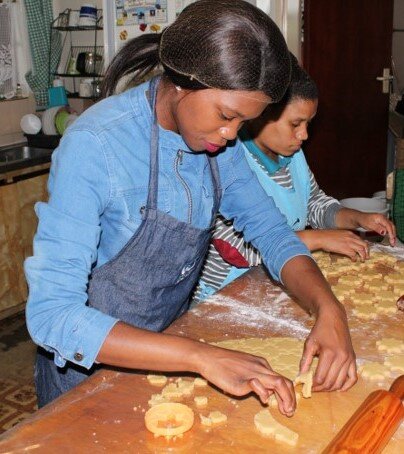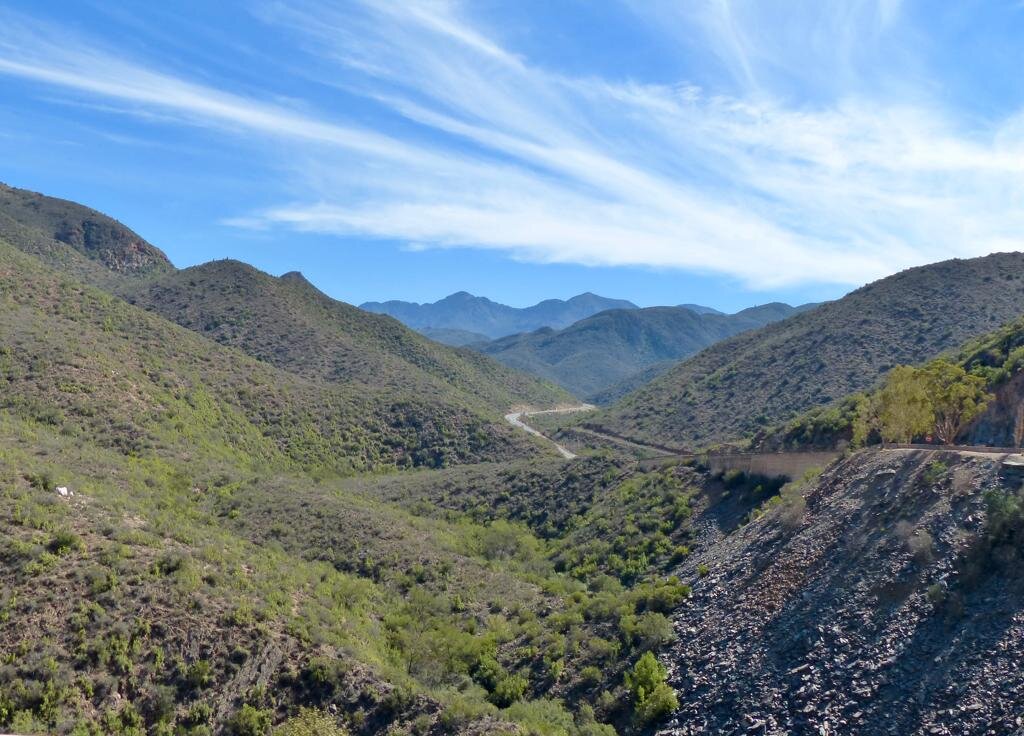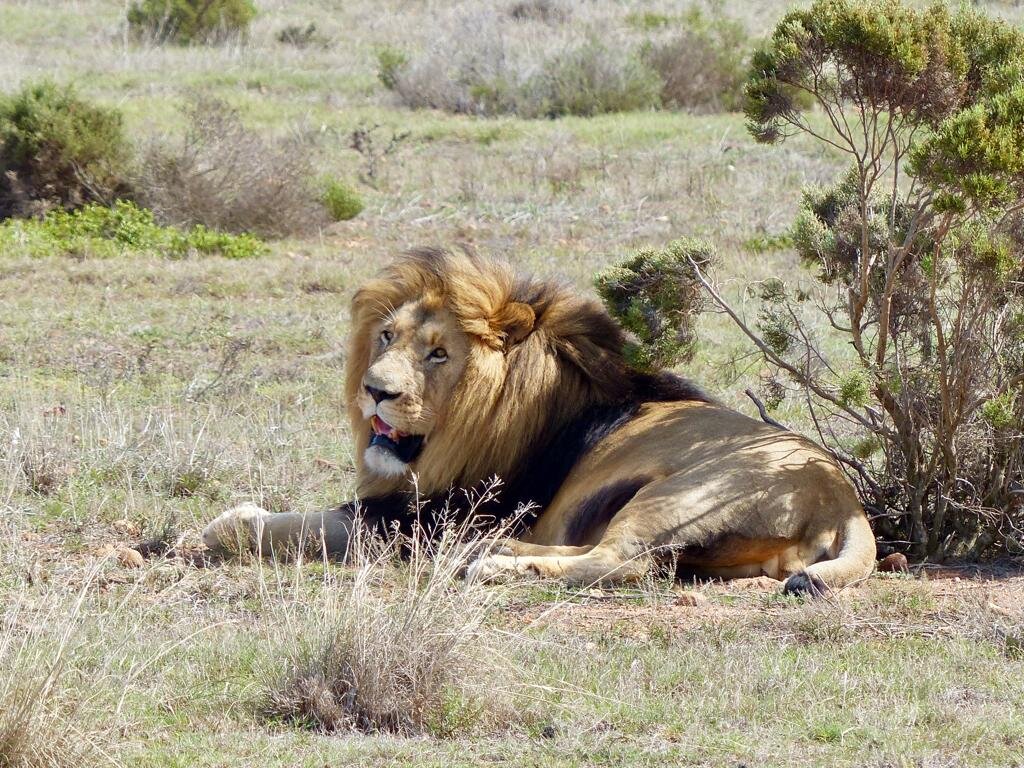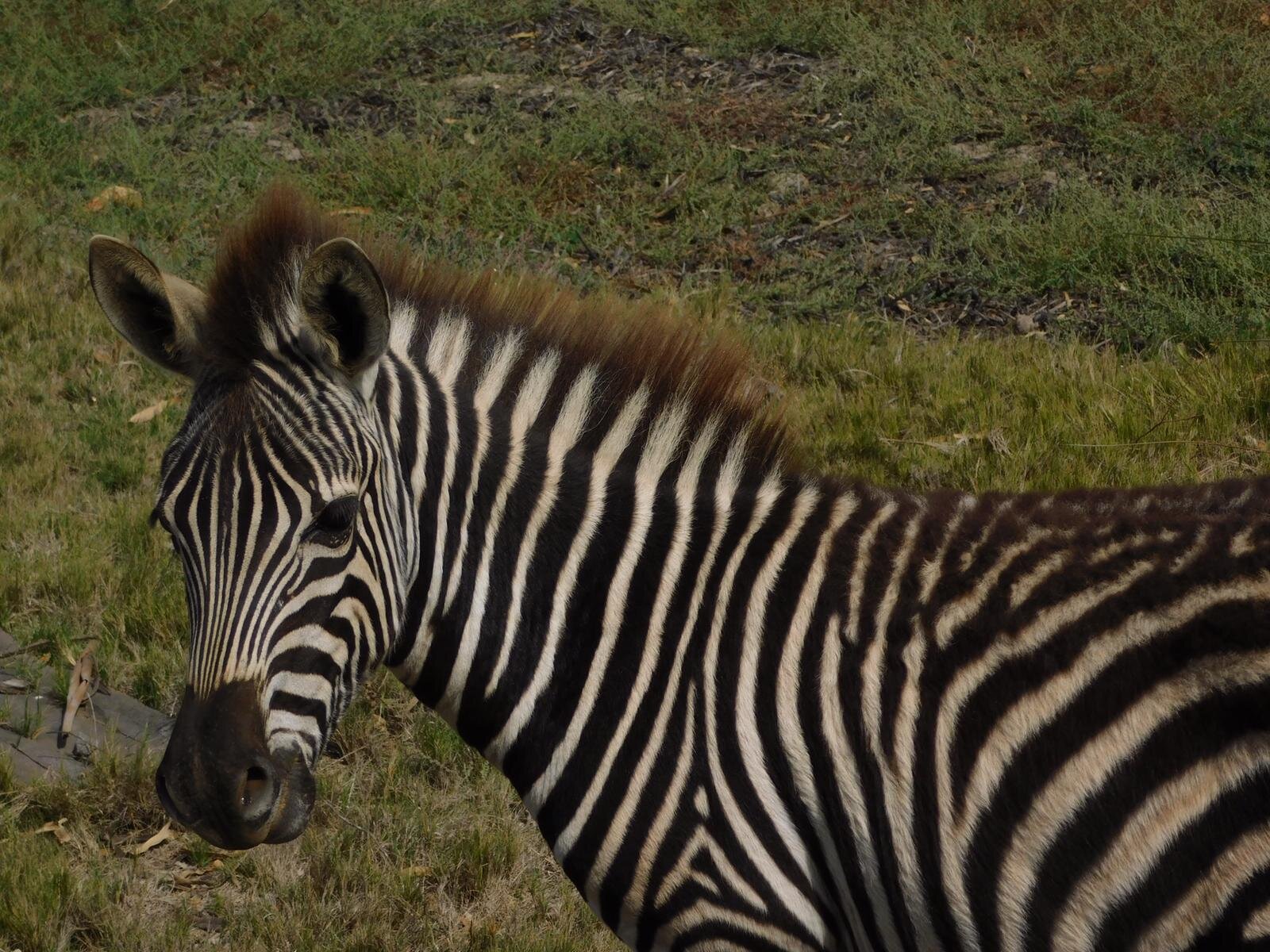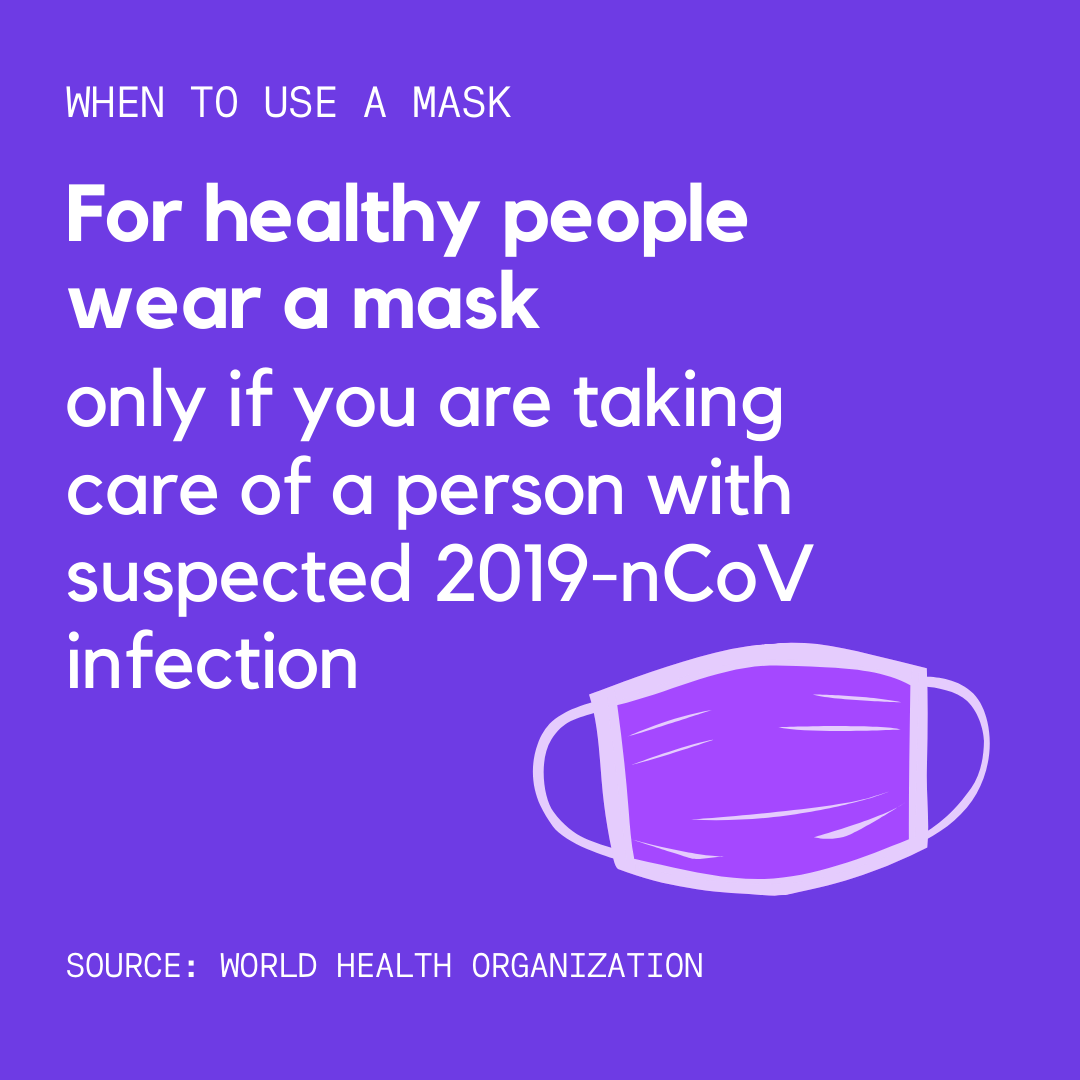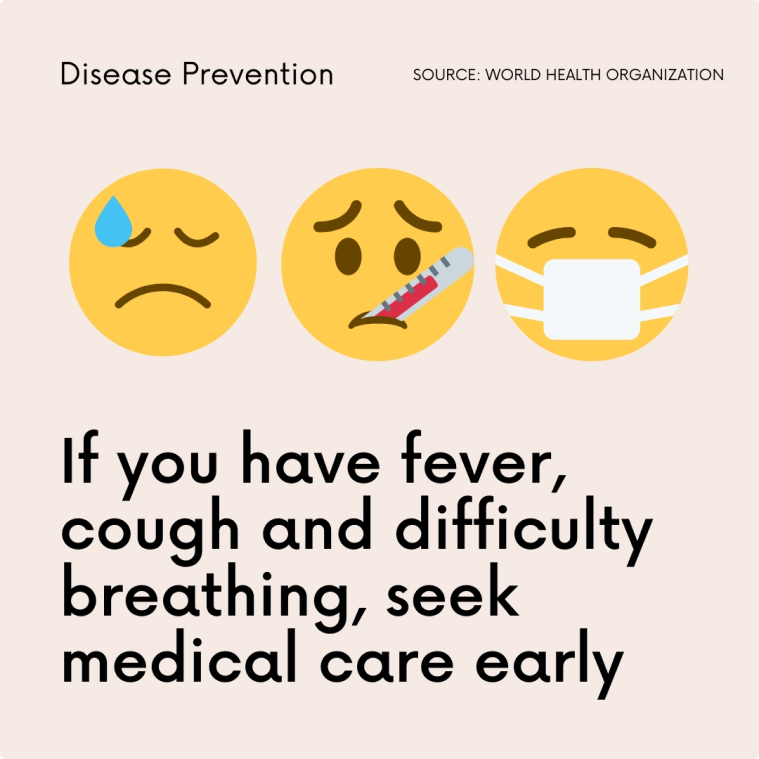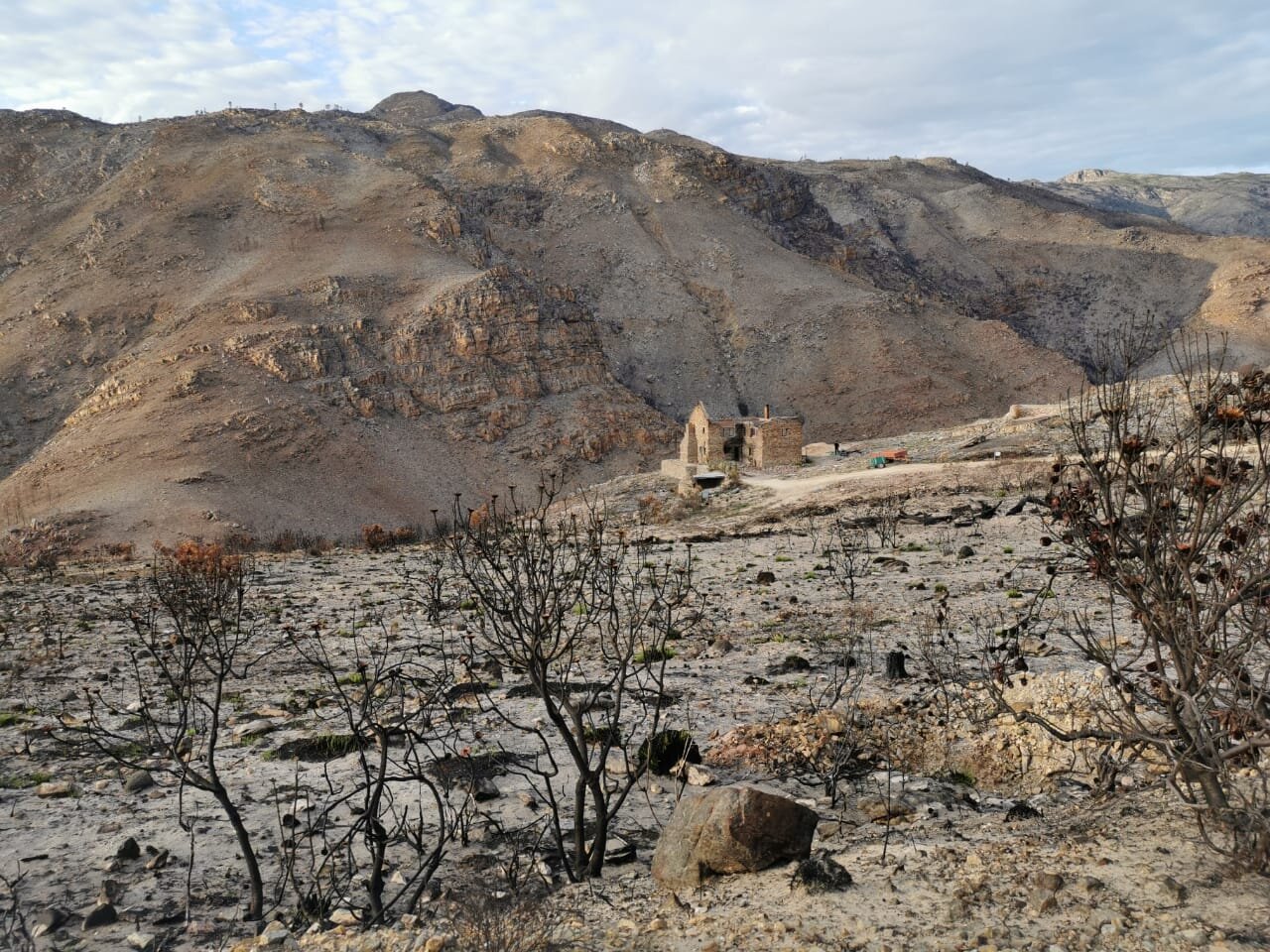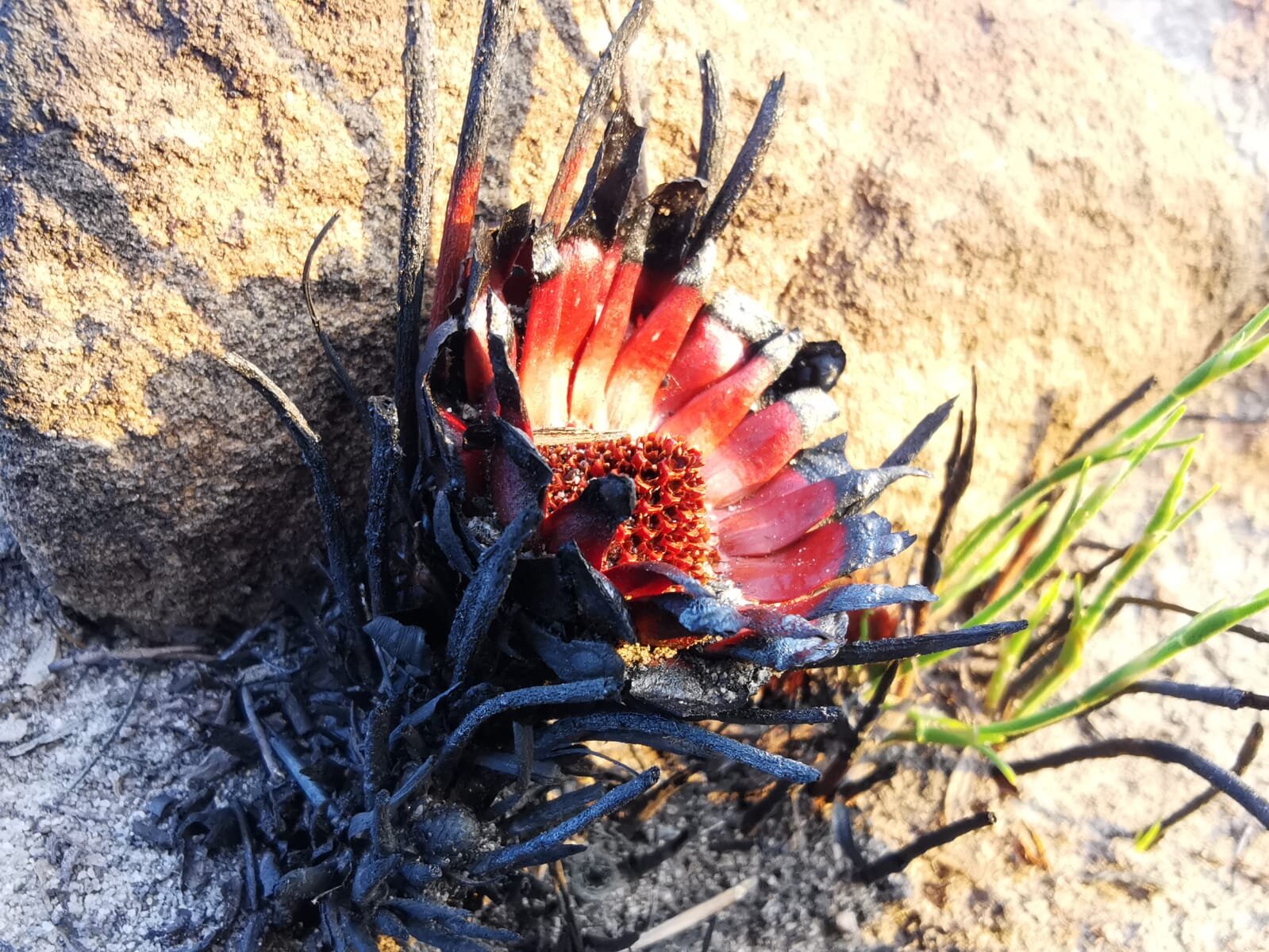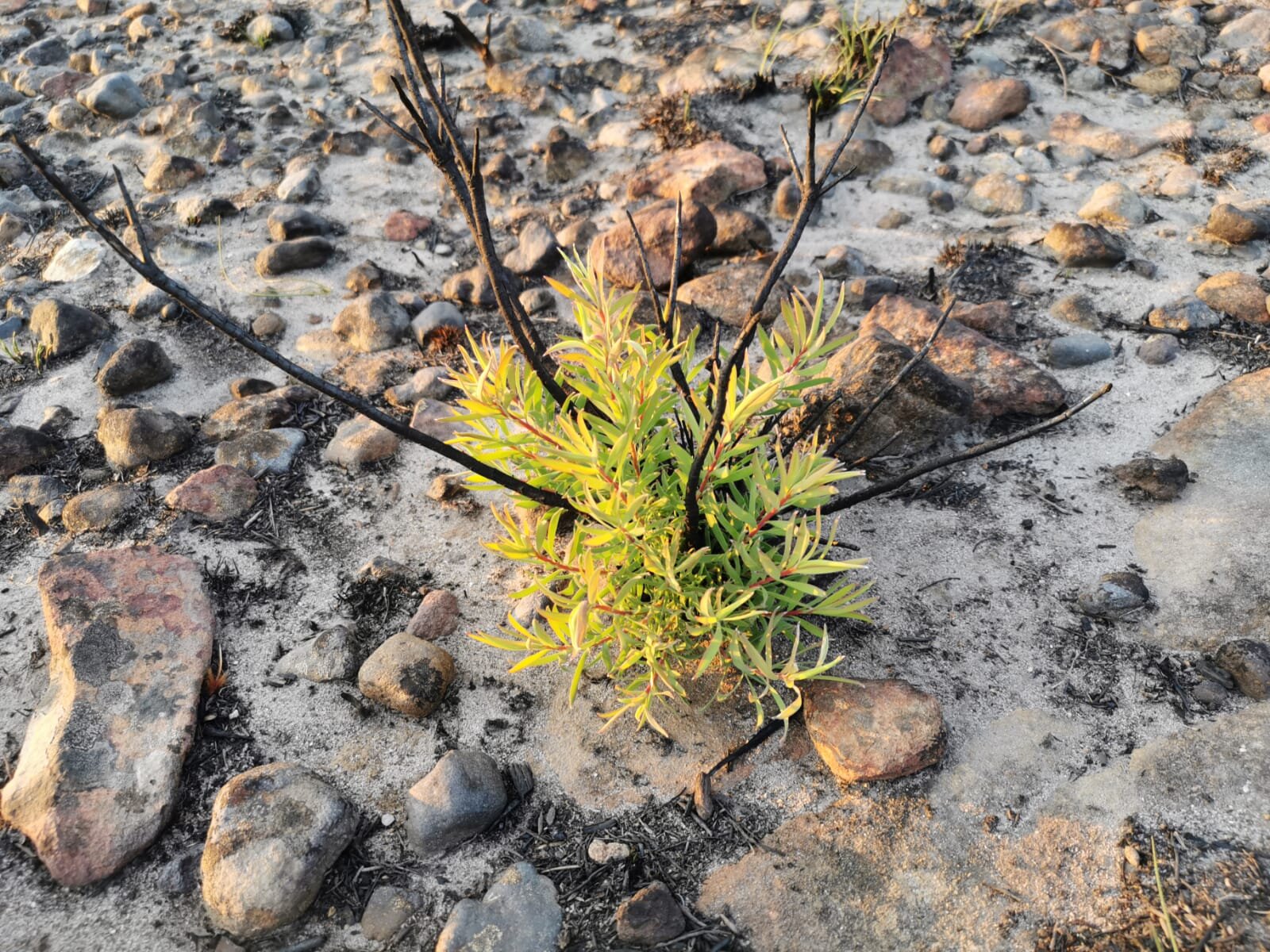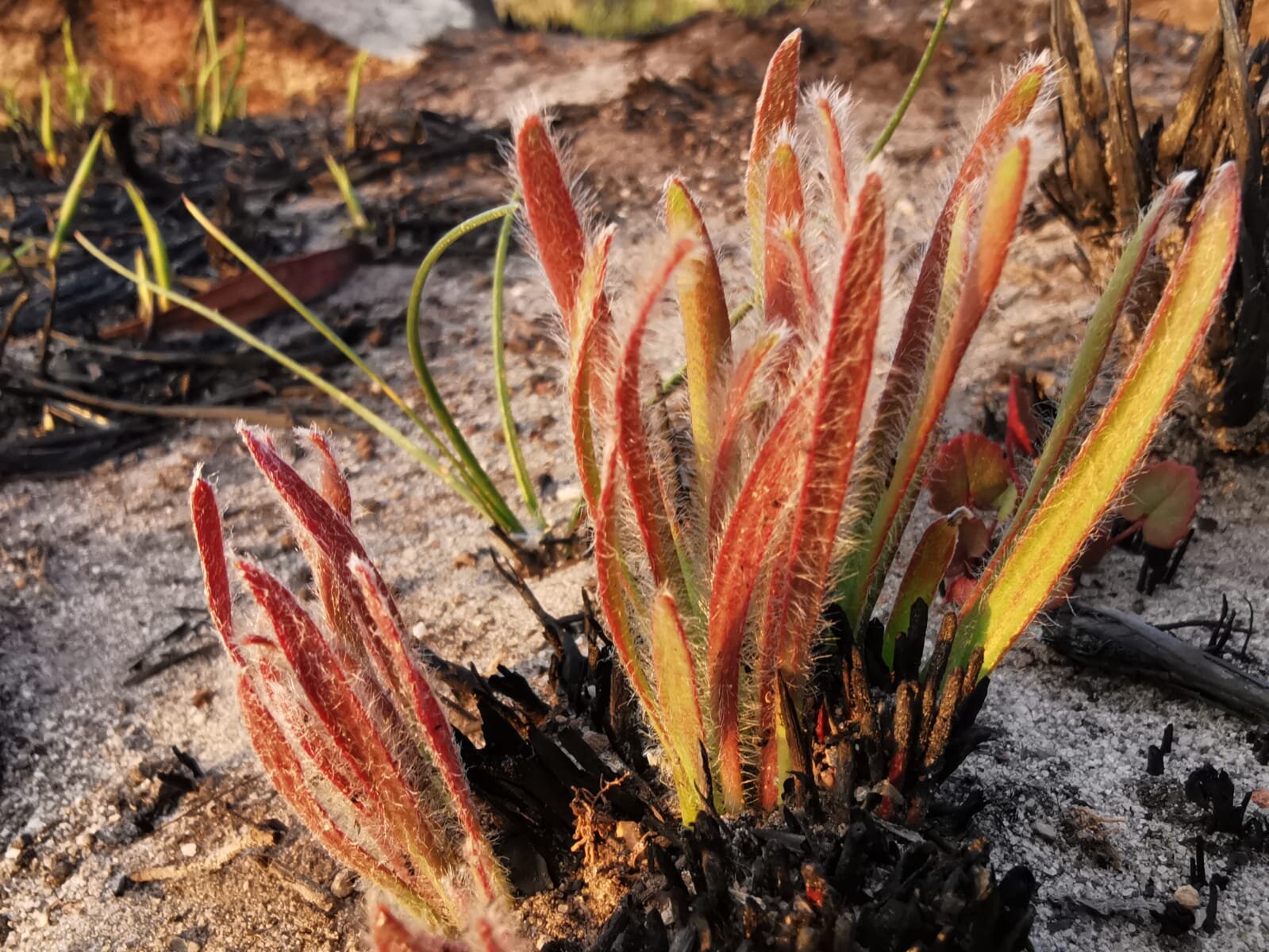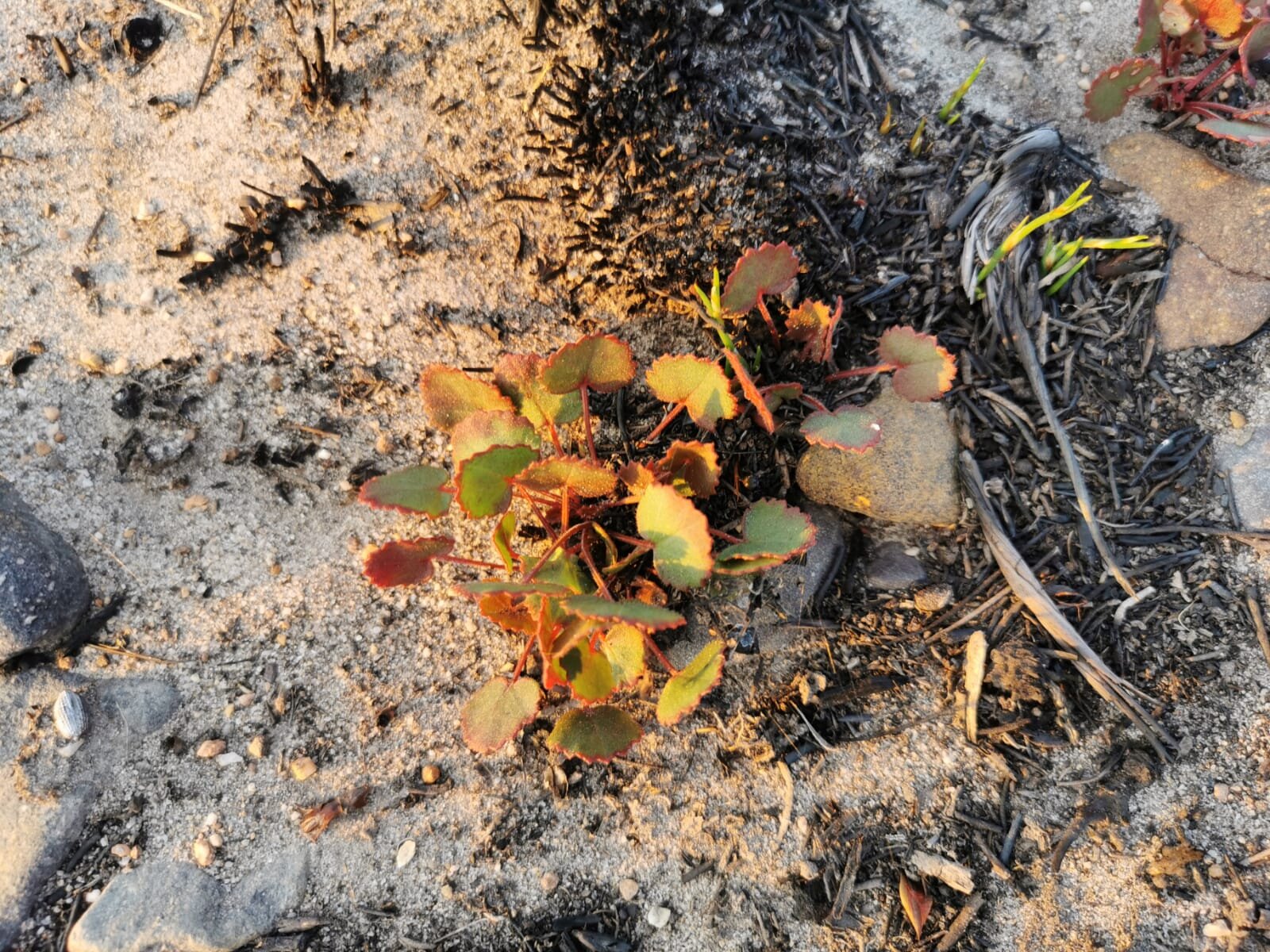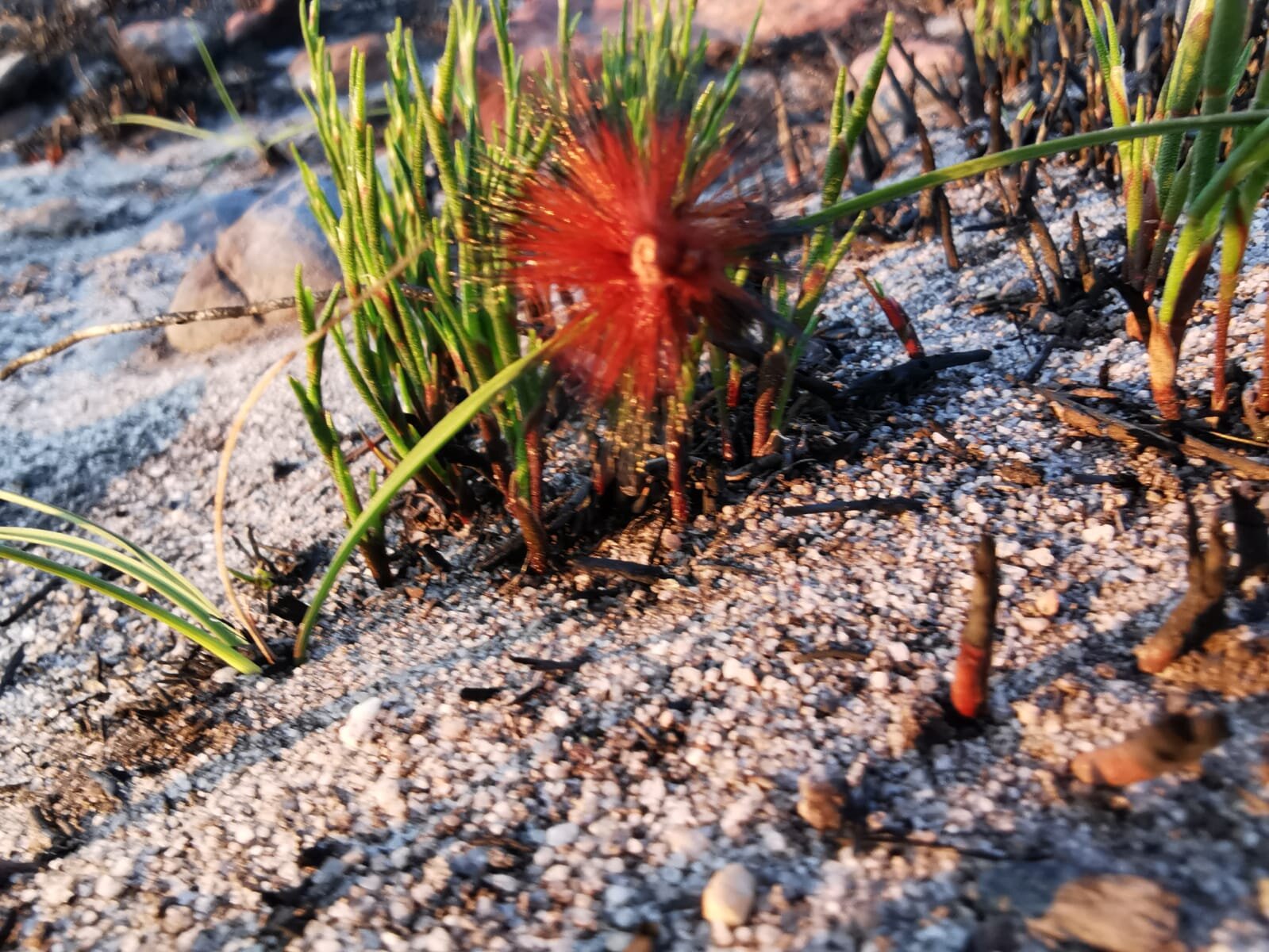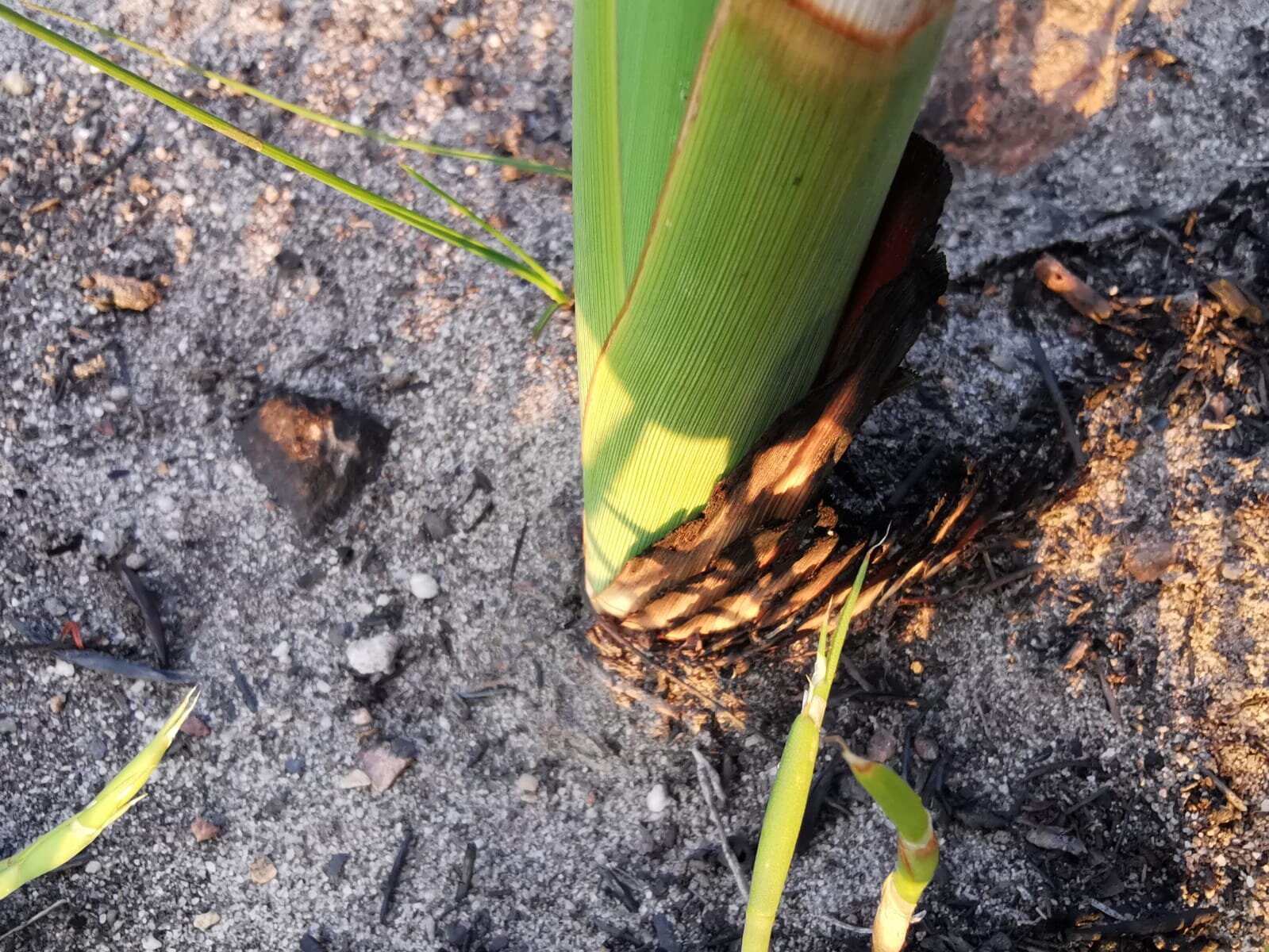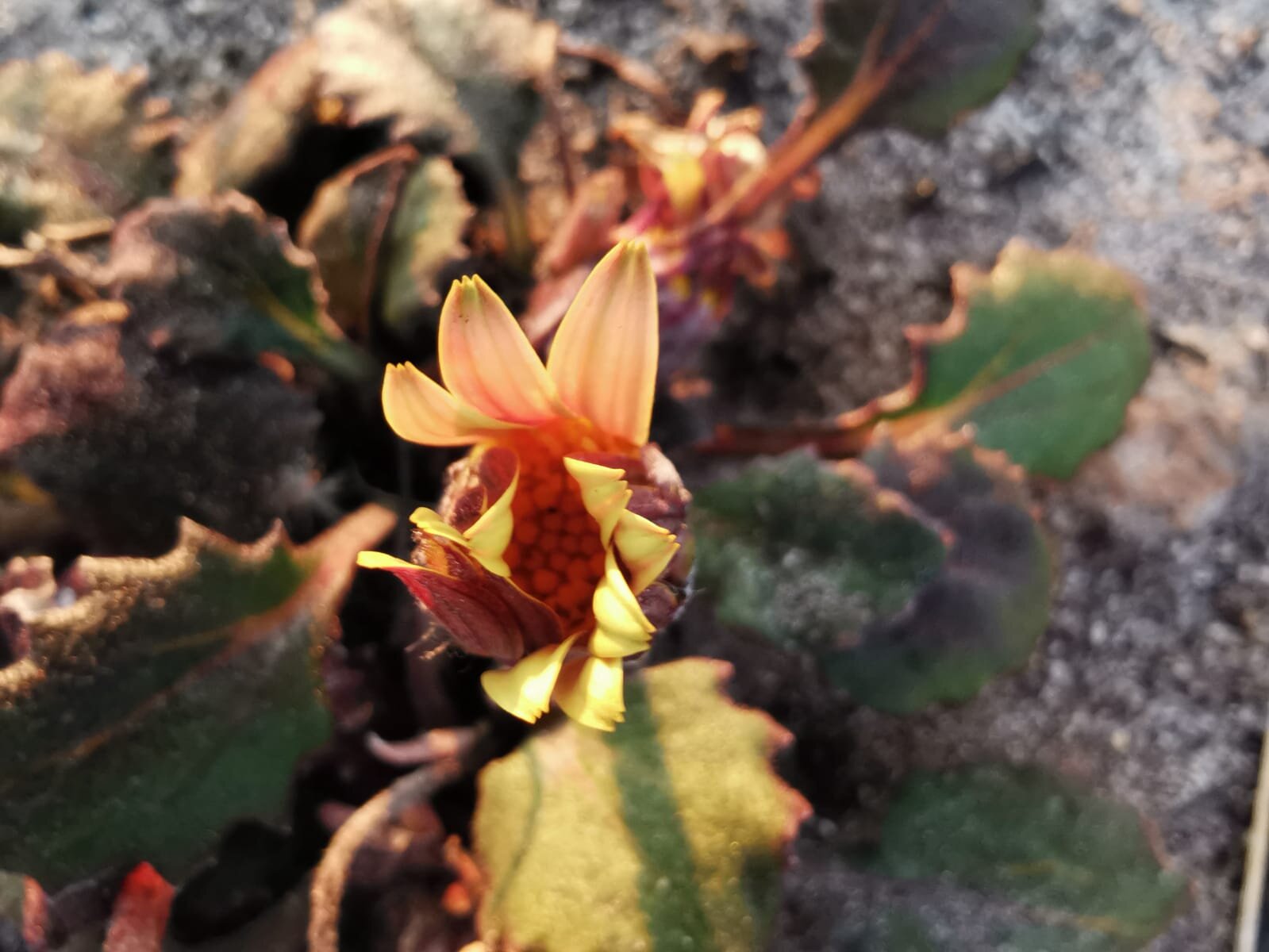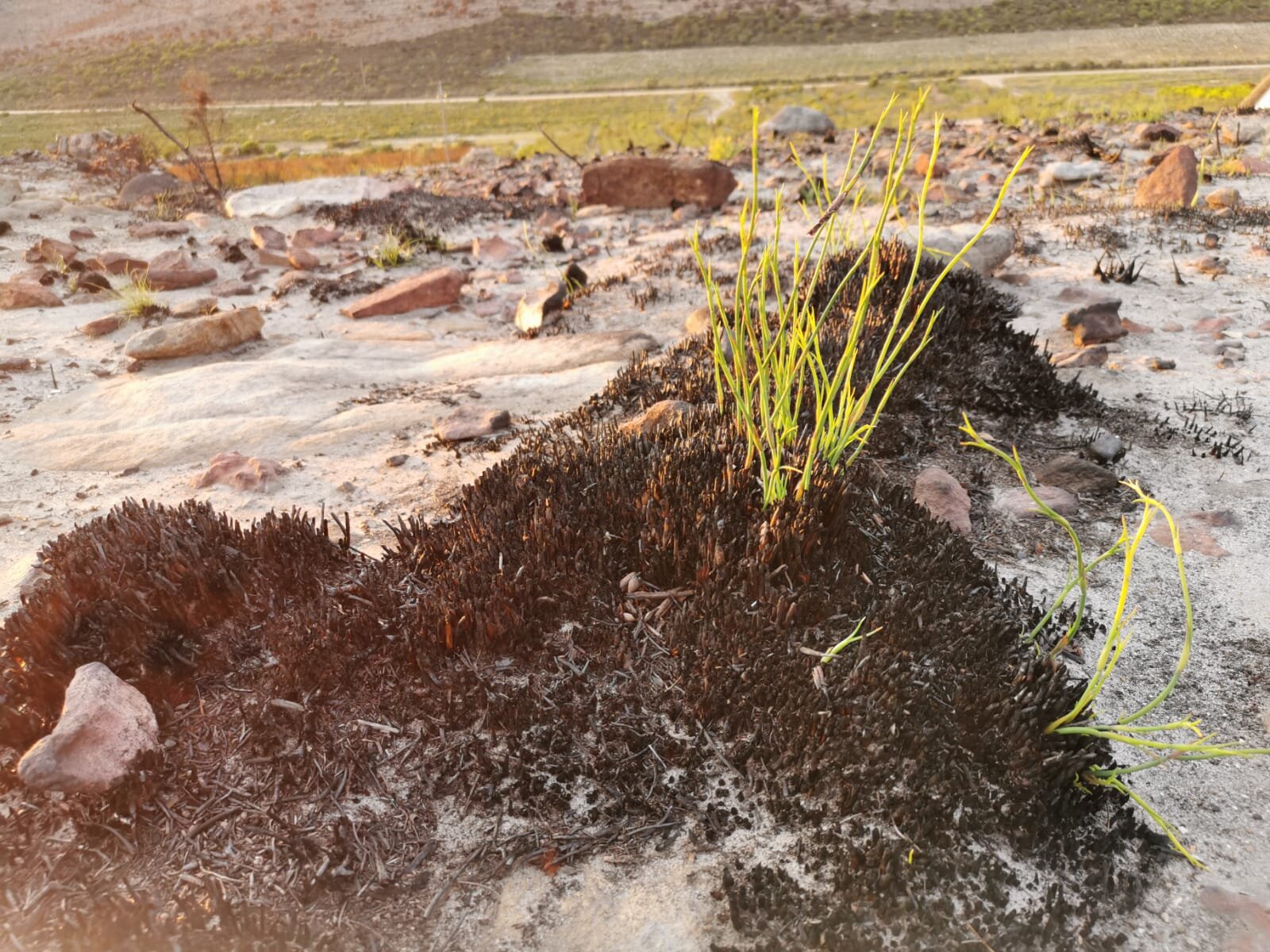This time last year, CWBR welcomed the 2019 class students from Lycée Athénée de Luxembourg for the schools fourth annual trip to the Western Cape, South Africa. The purpose, a cultural exchange and to part-take in the educational projects in the Winelands that the schools NGO, Athénée Action Humanitaire (AAH), funds in partnership with Cape Winelands Biosphere Reserve.
Two weeks packed with activities, landscapes, and meeting people from all backgrounds to enrich not only the Luxies experience but the locals as well. A sharing of life experiences, exchange of knowledge, laughs, and culture.
The trip gives opportunity for the Luxembourg students, who have studied South African history, fauna and flora, ecology, and culture for a year, a chance to experience what they have learned first-hand.
It is also an opportunity for the students and teachers to see the projects and meet the people who have changed their own lives through the opportunities given by the AAH Edulink project. Seeing the effect of the collaboration first-hand.
Though the trip could not take place this year, due to the situation the world finds itself in because of COVID-19, here are some of the memorable moments captured by the students and teachers while travelling through the Western Cape in 2019, to be enjoyed from your couch at home.
When asked to describe South Africa in one word.
Amazing. Beautiful. Breath-taking. Crazy. Complicated. Diverse. Enriching. Extraordinary. Fun. Impressive. Overwhelming. The different landscapes.
A day at Care Career Connection
Kitchen Workshop
Horticultural Garden
Artisan Workshop
Education through Project Engagement
FGASA & Life Skills students
The Data Collection Project
Adventure
Pontoon moved by hand
Ancient Landscapes
Kayaking
Zip-lining
Experience Different Landscapes
Franschhoek Valley
Table Mountain Cape Town
Vast Landscapes Garden Route
Biodiversity and Knowledge about Conservation
King Protea
Alien & Indigenous Vegetation
Protea
Cultural Exchange
Tour of Mandela’s House
Four individuals who had a big impact on history
Cultural Exchange Point of Human Origin
Animals and Conservation Efforts
Lion
Lioness
Zebra
South African Penguin
The setting sun over Cape Town seen from the airplane window on the way back to Europe


